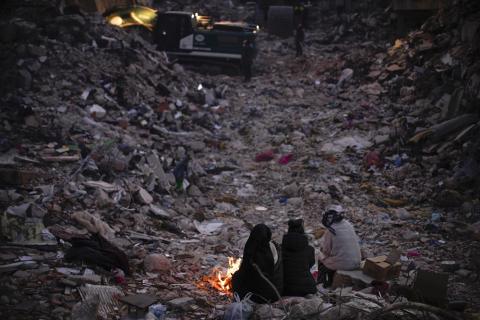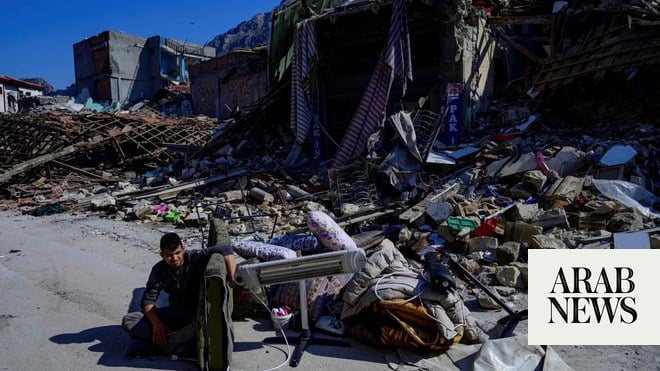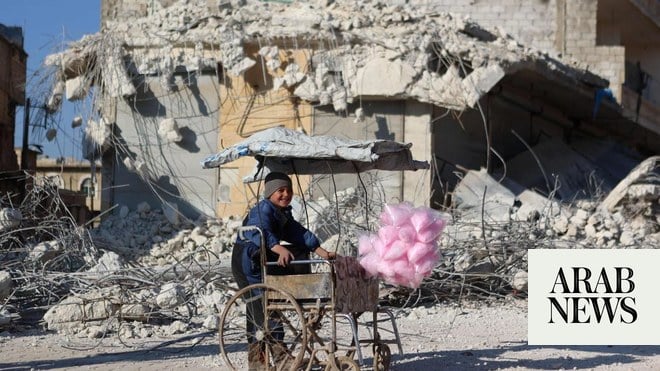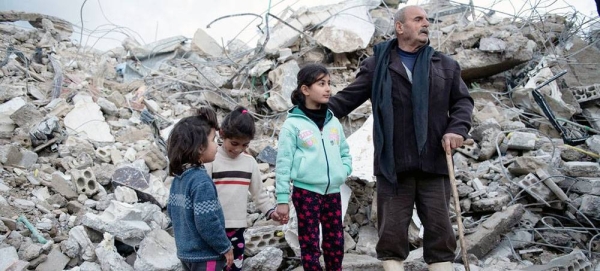
UNITED NATIONS, Sha'ban 9, 1436, May 27, 2015, SPA -- A senior U.N. official who just returned from Nepal said Tuesday the top priority now is finding temporary housing for hundreds of thousands of people before monsoon rains begin, according to AP. The rainy season in South Asia runs from June through September and Magdy Martinez-Soliman, assistant administrator of the U.N. Development Program, said "it's a daunting task" to protect half a million families from the monsoons that are coming and the winter that won't be far behind. He told a news conference that a major assessment of damage and reconstruction needs is currently underway by experts from the World Bank, UNDP, the European Union, the Asian Development Bank and aid organizations from more than half a dozen countries including the United States. Its report is due in early July, he said. While most photos have focused on devastated urban areas, Martinez-Soliman said "the disaster is predominantly rural." He said the main losses are 500,000-600,000 homes that are destroyed or unsafe as a result of damage and Nepal's cultural heritage. "The destruction of temples and places of worship is intense," Martinez-Soliman said. A 7.8-magnitude earthquake on April 25 and another powerful quake on May 12 together killed nearly 8,700 people and injured 16,800 others. The United Nations appealed for $423 million to cover key emergency sectors for three months, but a U.N. official said Monday that only 22 percent has been funded. Nepal has announced a $2 billion earthquake reconstruction and rehabilitation fund, with the government contributing $200 million and seeking the remainder from donor agencies and nations. The government plans to hold an international conference next month to seek financial support. But Martinez-Soliman said the extent of damage and reconstruction needs won't be known until the experts carrying out the assessment issue their report. He said "the good news" is that large infrastructure items, including the airport, the country's cellphone system, and main roads and dams were largely unaffected by the earthquake. Much of the destruction is a result of builders "cutting corners, not implementing or respecting building codes, or simply (building) on terrains that were not fit for the construction that was built on them," Martinez-Soliman said. He said the situation is still "very disconcerting" for many Nepalis who don't know if their homes are structurally safe enough to return to and need a determination by a qualified engineer. That's why UNDP has been asking Qatar, where many Nepalis work in construction, to train some young engineers so they can certify the safety of buildings, Martinez-Solmian said. --SPA 02:21 LOCAL TIME 23:21 GMT
www.spa.gov.sa/w









